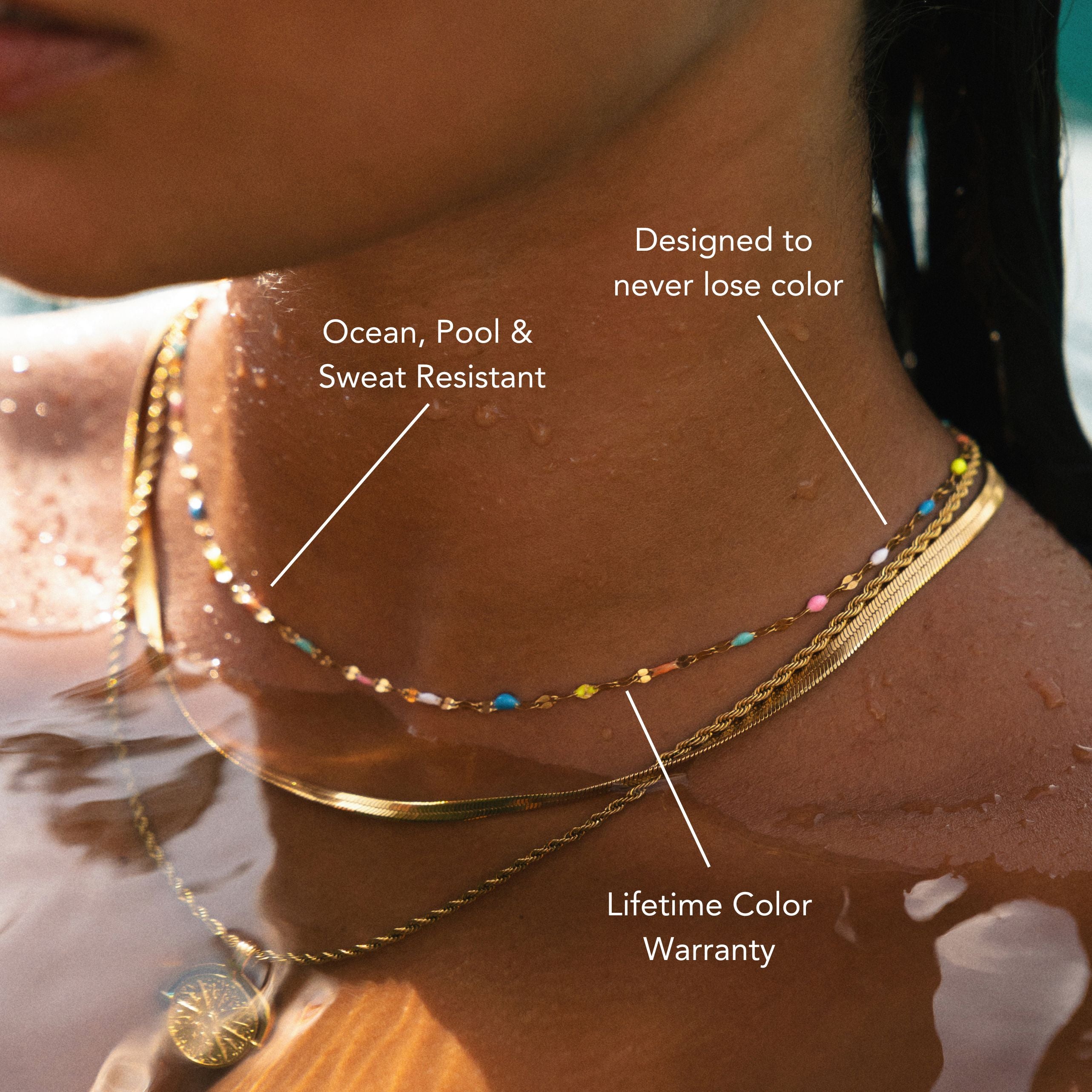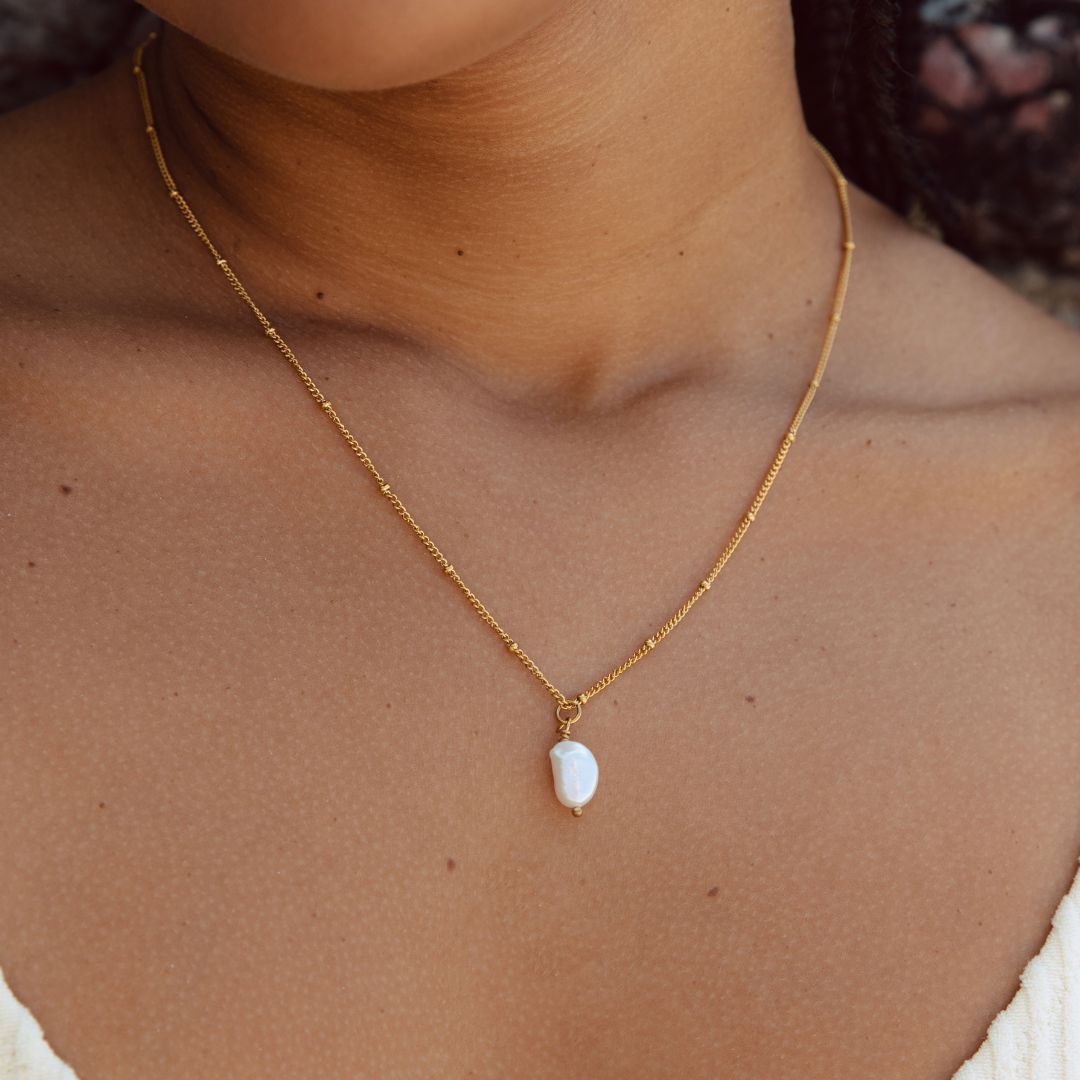Blue Whales vs. Humpback Whales - Main Differences
Different species of whales are scattered worldwide, and knowing their differences can be pretty overwhelming, especially if you know little about them. Sperm and humpback whales are two of the most popular whales in the world, and people are having a hard time telling the difference between them.
This article will dive deeper to know more about these creatures and what sets them apart. Today, we will make a detailed comparison between humpback whales and blue whales. So, if you want to know more about them a little bit more, come and let’s talk about these majestic creatures roaming around Earth’s ocean!
Blue Whales vs. Humpback Whales: Key Differences
There are many differences between a humpback and a blue whale. The first obvious difference between the two is their size, the blue whale is known to be the largest species of whale in the world, and when you’re the biggest, weight also comes into play regarding their difference.
Let’s talk a little bit more in detail about their differences.
Size: Blue Whale Wins!
As we’ve mentioned, one obvious difference is their sheer size. While both are known to grow massively, the blue whales are significantly the bigger of the two in terms of average size. In addition, blue whales are also longer and heavier than humpback whales.
For comparison, the average size of a blue whale can go around 80 to 100 feet long, whereas the average size of a humpback whale is around 50 to 60 feet long. In addition, the humpback whale is the lighter one as its weight hovers around 40 to 100 tons, whereas the blue whale weighs an average of about 100 to 160 tons.
As you can see, the humpback whale pales in comparison in terms of size, length, and weight to the blue whale.
Appearance: Who’s Who?
Given that they both belong to the whale family, their appearance can reveal similarities and nuances. However, humpback whales tend to have more distinct markings than blue whales. In addition, a humpback whale typically has a gray-colored back and a white belly, whereas the blue whale has a bluish hue all over its body.
Another key difference between their appearance is the humpback whale has a small hump or ridge along its dorsal fin. It’s a distinct feature wherein the blue whale doesn’t have. However, both species of whales have baleens, which help them feed.
Humpback whales, as they suggest, also have a unique body shape as they have relatively longer pectoral fins that lets them propel faster than blue whales in the open ocean. Still, both of these creatures have streamlined bodies that help them maneuver in the deeper regions of the ocean.
Blue whales, on the other hand, are relatively slender between the two and have a triangular-shaped dorsal fin, whereas the humpback whale has a knobby and low appearance.
Primary Habitat: Where Do They Live?
Both species of whales are known to migrate such long distances. However, humpback whales tend to migrate a little more than blue whales in terms of distance traveled yearly.
For comparison, a humpback whale typically averages around 16,000 to 18,000 miles per year, migrating from tropical to sub-tropical regions and back to the polar regions. On the other hand, blue whales stay around the Northern Pacific and North Atlantic waters over the year.
Primary Diet: What Do They Eat?
The humpback and blue whales share a similar diet because they share a common feature: their baleens. Their primary diet consists of krill, planktons, small fishes, and other crustaceans.
There’s not much of a difference in terms of their diet. However, humpback whales prefer to eat plankton, while blue whales prefer krill. Still, both of these creatures are filter-feeders and don’t have any nuances in their diet.
Age: How Long Do They Live?
Aside from their diet, both of these whales also share similar lifespans. Both of these whales can live for around 80 to 90 years. Scientists study their earwax when learning their age.
Like humans, whales also produce ear wax, but because they don’t use cotton buds, it builds up over time. As a result, a scientist can determine their existence through these features.
As ear wax accumulates, these ring-like waxes change in color when whales migrate from a hot migration to a cold migration. Scientists count the wax that has accumulated on their ears. As a result, they know the age of a typical whale, regardless of whether it’s a blue or a humpback whale.
Sex Life: How Do They Mate?
These majestic creatures reach sexual maturity at about the same age or time. This is not surprising, considering these whales have similar life expectancies.
However, humpback whales are known to mature earlier than their blue whale counterparts. A humpback whale can reach sexual maturity at around 5 to 10 years, whereas a blue whale can reach it around 5 to 15 years. Both of these creatures generally mate during winter and give birth when summertime approaches.
The gestation period of both creatures is also similar at around 10 to 12 minutes, giving birth to one calf. Blue whales also have mating behavior wherein they follow the female blue whale for weeks until they are allowed to mate them. Humpback whales aren’t studied well enough to know more about their mating behaviors.
Final Words
Are you amazed at how these creatures are more similar than different? One of the reasons they share similar features is that both are baleen whales, or they are known to filter the feed to eat. Still, there are quite a few differences, but this doesn’t make them any less than different from one another.
Lastly, whales have been around in this world for millions of years. As climate change and human intervention have been going berserk recently, we can only hope they can still adjust to these conditions as they have adjusted for millions of years. Fortunately, concerted efforts are made to keep their population on the horizon, and we hope they’ll be with us in the future.
Speaking of which, join us in taking part into saving these wonderful whales and all the marine life.
As we embark on a voyage to explore the key distinctions between blue whales and humpback whales, we invite you to keep a tangible reminder of these ocean giants close to your heart, with a whale tail necklace that celebrates their beauty and might.
Dive into our wide selection of Sea-inspired jewelry now and wear you love to the Ocean!



















Leave a comment
This site is protected by hCaptcha and the hCaptcha Privacy Policy and Terms of Service apply.